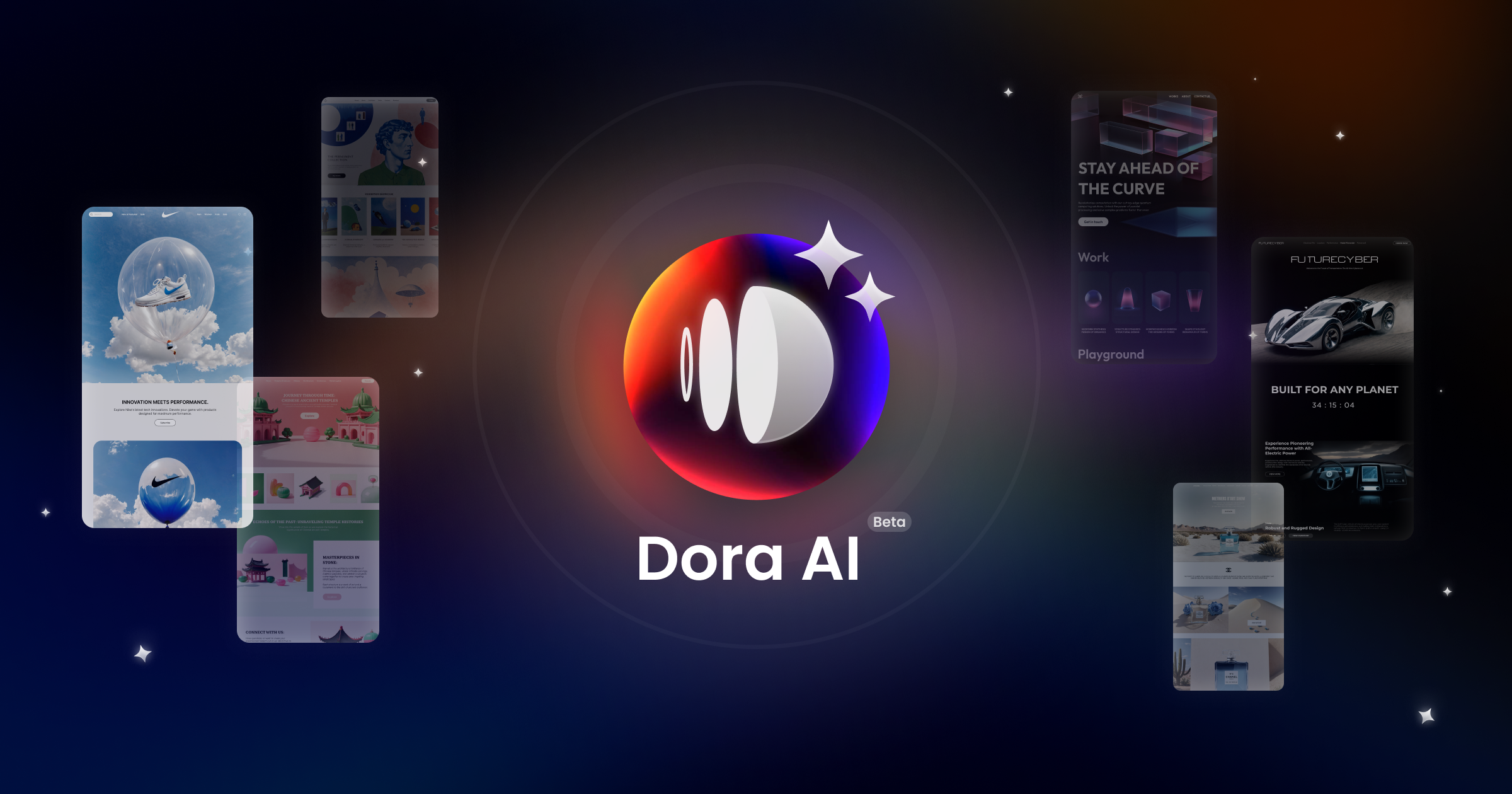- Marketing in the Age of Machines
- Posts
- How Ryan Reynolds Turned Anxiety Into a Billion-Dollar Marketing Superpower
How Ryan Reynolds Turned Anxiety Into a Billion-Dollar Marketing Superpower
A weekly email with the best of marketing, AI, and business.

You are receiving this email because you subscribed to Castleberry’s newsletter. https://www.castleberrymedia.com/
Welcome to Marketing in the Age of Machines. Each week, we bring you the following:
👉 An innovative marketing strategy that has worked for others.
👉 The 3 most relevant contents in marketing, AI, and business that will help you understand the ever-changing landscape.
👉 3 tools for the Marketer of the Future.
👉 The quote of the week. A simple take on everyday marketing concepts.
Problem
Ryan Reynolds faced a significant personal challenge—crippling anxiety—that many would consider a weakness, especially for someone in the high-profile world of entertainment. Traditionally, celebrities are expected to be flawless and maintain an image of confidence, avoiding controversy or any signs of vulnerability. Reynolds, however, was thrust into a world that demanded perfection, where his anxiety could have easily become a barrier to success.
Solution
Instead of concealing his anxiety, Reynolds embraced it and turned it into a superpower. He leveraged his nervous energy to obsess over every detail of his marketing strategies, ensuring perfection. By showing vulnerability, taking risks, and using humor to mask his self-doubt, he created an approach that resonated with audiences. His "Maximum Effort" formula focused on authenticity, humor, and rapid response to trends, turning personal flaws into assets and driving massive business success through ventures like Aviation Gin and Mint Mobile.
Lesson
The key takeaway from Reynolds' success is that authenticity now outweighs perfection. By embracing personal flaws and using them as features, he built a relatable and trustworthy brand. His ability to act quickly on cultural trends and combine data-driven insights with storytelling has set a new standard for marketing. Reynolds’ journey teaches that anxiety, self-doubt, and imperfections are not only acceptable but can be powerful tools for creating genuine connections with audiences and driving business success.
This actor has crippling anxiety.
Yet at 47, Ryan Reynolds built a larger empire than most A-list stars.
Here's how he turned his biggest weakness into a $1B superpower:
— Marketing Max (@MarketingMax)
2:00 PM • Nov 8, 2024
1/. Understanding Programmatic SEO: When to Use It and When to Avoid It
Programmatic SEO is gaining attention for its potential to automate content creation at scale, targeting specific keywords for different types of websites. While this approach can be highly effective for industries with large inventories or dynamic content, like e-commerce, travel, and real estate, it’s not without challenges. The strategy focuses on quantity and automation rather than the traditional emphasis on unique, high-quality content. This post explores when programmatic SEO works best, the potential pitfalls, and how it compares to traditional methods, offering valuable insights for anyone considering this approach.
Insights for B2B Marketing Directors:
For B2B websites, programmatic SEO might be effective for creating pages for specific services or solutions, but it’s important to assess whether there is sufficient search demand for niche keywords before implementing this approach.
Programmatic SEO can be particularly useful for businesses with a broad product range or vast data sets, such as those in e-commerce or SaaS. It allows for the rapid creation of keyword-targeted pages, saving time and resources while maximizing visibility.
Read the full post here:
Are you using the latest strategies for B2B Lead Generation?
Take our 9-question quiz to gain insights into whether your brand is using the latest B2B Lead Generation strategies.
2/. How to Leverage Google’s SGE (Search Generative Experience) for Better SEO in 2024
Google's Search Generative Experience (SGE), launched in 2024, introduces AI-powered enhancements to search results by generating comprehensive, contextual answers directly within the search page. This shift in search behavior presents both challenges and opportunities for SEO, as businesses must adapt to changes like reduced click-through rates and the need for more authoritative, niche content. The article explores how SGE impacts SEO and provides actionable strategies for optimizing content, including using structured data, creating engaging multimedia, and focusing on long-tail keywords to stand out in this evolving search landscape.
Watch the full post here:
3/. How B2B Marketers Can Disrupt the Feed with B2C-Inspired Strategies
B2B marketers can learn valuable lessons from B2C trends, especially in how to distribute content effectively. The example of Hootsuite's annual Social Media Trends report highlights how B2B companies can innovate by using creative distribution methods, like turning a report into a physical product and leveraging influencers on social media. This approach disrupted the traditional download method, boosting engagement and downloads significantly. The article challenges B2B marketers to think outside the box and apply consumer-driven strategies to improve content visibility and engagement.
Watch the full post here:
👉 Tools in the Age of Machines:
Dora AI: Is a tool that generates customized websites from text prompts using AI, offering fully unique designs and content tailored to any topic.
Opus Clip: AI to automatically create optimized short video clips from long-form content, ideal for sharing on social media. It highlights key moments and adds captions for better engagement.
Luma: Helps you create event pages, manage invitations, and sell tickets. It provides tools to host and promote engaging events easily.
B2B marketing it's about transforming data into insights that spark meaningful connections and drive real results.





